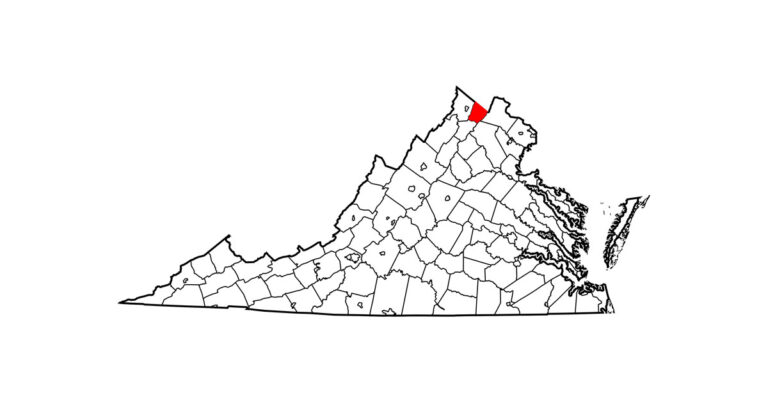 Officials at North Dakota’s Theodore Roosevelt National Park are trying to keep the population of the wild-horse herd to 90 horses, and a new contraceptive vaccine that disrupts ovulation may help. | © NPS/Alexandria Shankweile
Officials at North Dakota’s Theodore Roosevelt National Park are trying to keep the population of the wild-horse herd to 90 horses, and a new contraceptive vaccine that disrupts ovulation may help. | © NPS/Alexandria ShankweileIn 1971, Congress passed the Wild Free-Roaming Horses and Burros Act, giving protected status to those animals on public lands. Ever since, controversy has raged over the most appropriate ways to manage herd size in the interests of herd health, ecological balance and multiple uses of the public lands. Many have lauded roundups and adoptions while others note the stress they cause the animals and the budgetary burden that results when unadopted horses remain in government care facilities.
All of which is why a team from Colorado State University’s Animal Reproduction and Biotechnology Laboratory headed to North Dakota’s Theodore Roosevelt National Park this past March. There, they administered a contraceptive vaccine called GonaCon™ to a select group of wild mares.
“We hope this study will help cut down on the amount of scheduled roundups the park has to do—and perhaps they won’t have to do them at all if the vaccine proves effective and we find the correct dosing schedule that works for the park’s herds,” says Dan Baker, an affiliate faculty member in the university’s department of biomedical sciences.
The researchers administered the vaccine using a remote syringe- dart-delivery system, which requires a technician to come within 25 yards of the mare. When darted, the mares typically react no more than if bitten by a bug.
The vaccine disrupts ovulation but doesn’t interfere with pregnancy. It proved successful in captive and free-roaming elk during a 2005 study by the CSU team. That project inspired the researchers to consider a wild-horse study, which has been supported by a five-year grant from the Bureau of Land Management.
The goal of the study is to find an ideal revaccination schedule that would suppress fertility over an extended period. The team will be back in September to administer a booster vaccine. Researchers will then monitor the herd’s foaling rates for three years.
In addition, researchers will collect manure samples from the treated mares to determine levels of the pregnancy hormone estradiol. “This could be a good indicator for determining not only if a mare is pregnant, but also how far along she is,” says Kathleen Eddy, a doctoral candidate in the biomedical sciences department. If the analysis proves effective, the team may be able to rely on it rather than costly and time-consuming foaling measurements.
CSU researchers are also pursuing a related project that involves developing and testing a new contraceptive vaccine that could permanently sterilize a mare with a single dose.
Marylu Weber, a longtime park volunteer and technician for the CSU study, hopes the studies will help the park meet its own goal of sustaining a population of 90 horses. There are currently 150. “Without intervention, it would be difficult to keep up with the captures and adoptions of so many horses,” says Weber, who, with her husband, also created the nonprofit North Dakota Badlands Horse Registry to assist with adoptions.
—Sushil Dulai Wenholz
This article originally appeared in the July 2016 issue of Practical Horseman.










